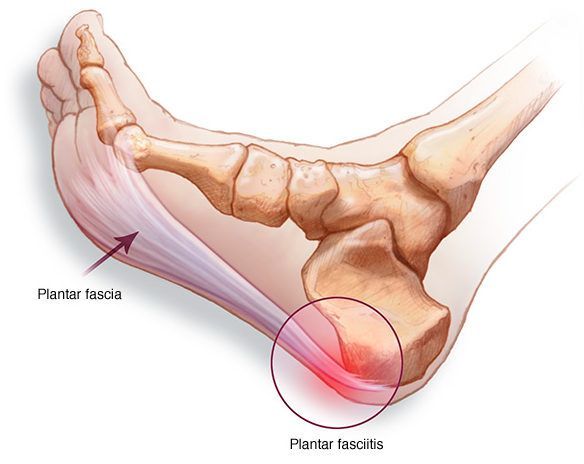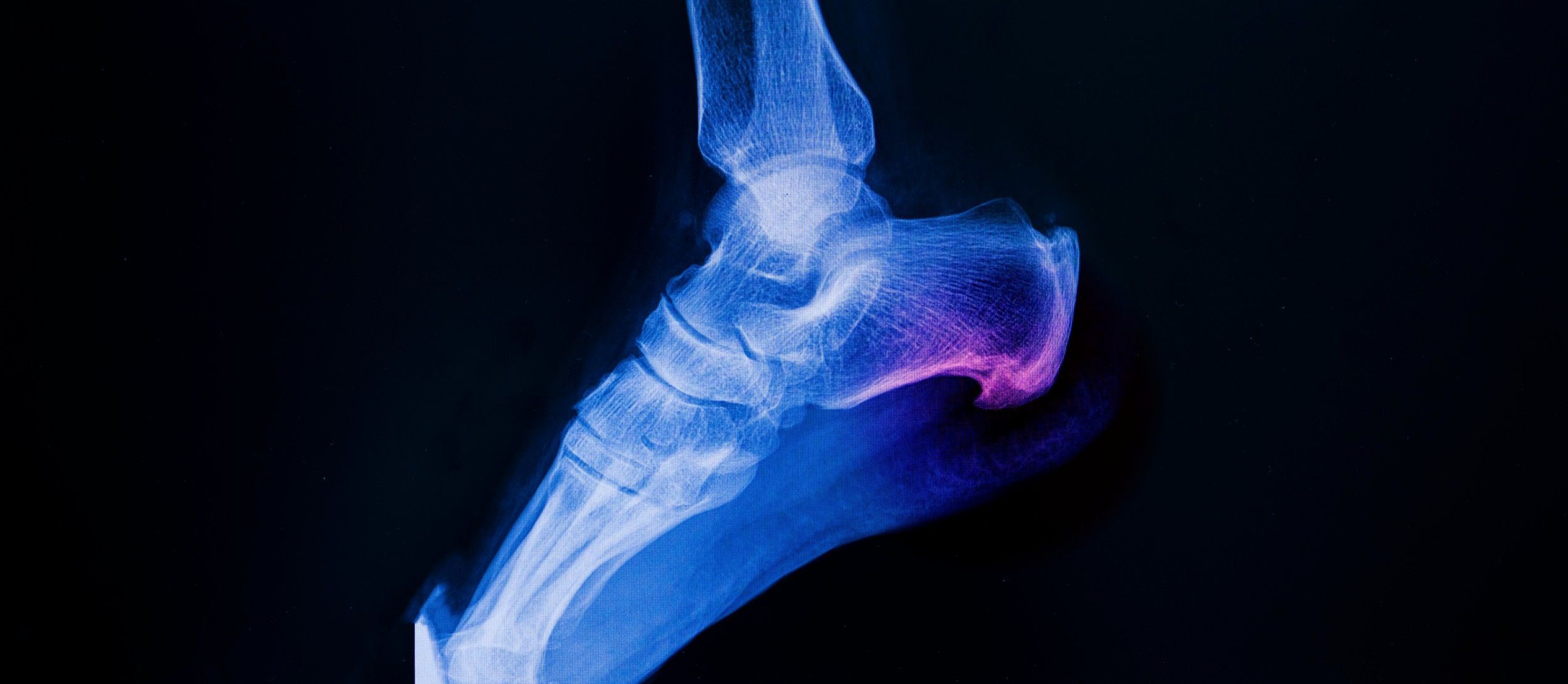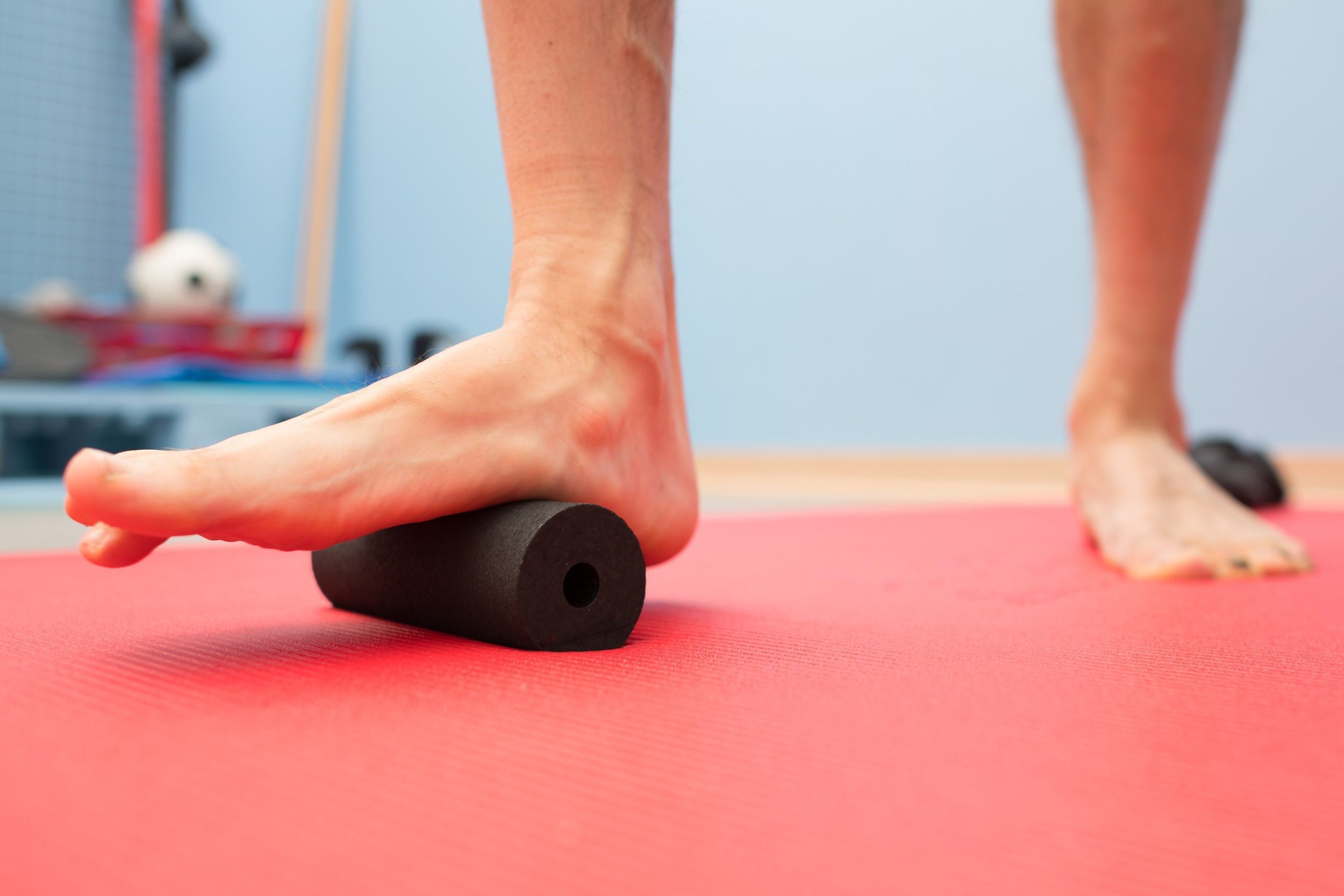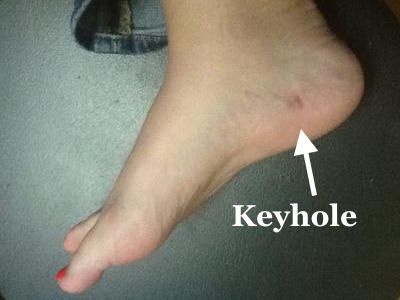Plantar Fasciitis – Relevant Anatomy
The Plantar fascia is a thick broad fibrous band that supports the arch of the foot. It runs from the calcaneus (heel bone) to the toes, and has an important function during weight bearing and ambulation.

Plantar fasciitis is a common condition resulting in chronic heel pain. The condition represents irritation / inflammation of the plantar fascia. With progression, tears in the plantar fascia may develop.

What are the common symptoms of plantar fasciitis?
The classic presentation of plantar fasciitis is for patients to experience pain under the heel, which is worst when they first get up in the morning, or after long periods of rest.
Common symptoms include:
- Pain at the bottom of the heel
- Pain in the arch of the foot
- Pain that is worse in the morning or after a period of rest
- Gradual progression of symptoms over months
Plantar Fasciitis – Making the Diagnosis
While Plantar fasciitis is the most common cause of heel pain, there are several other causes that need to be excluded. These include a stress fracture of the calcaneus, nerve irritation, achilles tendonitis, and arthritis.
Dr. Smith will perform a thorough assessment of your condition to determine the diagnosis of your heel pain. A combination of a detailed history and examination of your foot will be under taken, to help exclude other causes of your heel pain.
Plan x-rays may be performed. A heel spur may be seen on the plain x-rays. While these spurs are a common finding, they do not represent the cause of the pain and can be found in patients with no symptoms.
Ultrasound and MRI scans may assist with the diagnosis and exclusion of other conditions.

Plantar Fasciitis – Treatment Options
There are many treatment options for plantar fasciitis. Initial treatment is aimed at calf stretching exercises and plantar fascia specific stretching exercises. Wearing supportive shoes and avoiding barefoot activities is beneficial. Limiting strenuous activity and the use of heel pads, orthotics, or even night splints may help.

In cases that fail to improve, Dr. Smith will perform a keyhole surgical release of the thickened/ tightened plantar fascia as a day procedure.
Keyhole Minimally Invasive Plantar Fascia release
Dr. Mike Smith performs Day surgical keyhole releases of the medial band of the plantar fascia.
This technique is reserved for patients that have failed conservative measures for a prolonged period of time. Patients can weight bear immediately after the procedure in a medical shoe.
This technique is used to release the thickened / tightened plantar fascia through 2 tiny incisions. It is performed as a day procedure. This specialised keyhole technique minimises scarring.

Are you suffering from chronic plantar fasciitis?
Plantar heel pain – Worse in the mornings
Difficulty exercising
Difficulty walking with bare feet
Learn more about Keyhole plantar fascia release

